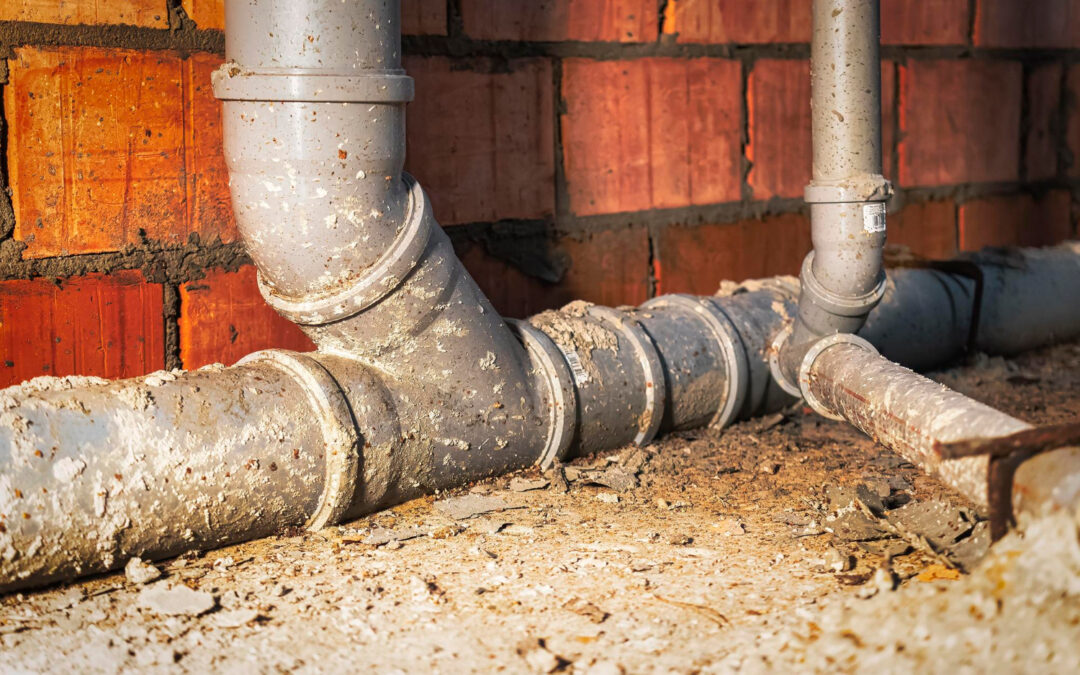Maintaining a healthy sewer system is crucial for any homeowner, especially if you want to avoid the hassle and expense of emergency repairs. Here in Menlo Park, CA, where the weathers range from tranquil suns to stormy rains, keeping our sewer lines in check is vital. We’re here to share insights about understanding your home’s sewer system and keeping it running smoothly.
The sewer system is a crucial component of your residential infrastructure. It efficiently removes waste and prevents your home environment from becoming unsafe and unsanitary. Understanding how it works is the first step toward effective maintenance. By knowing the basics, such as where the main lines run and how they connect to the city’s system, you can better recognize signs of trouble and address issues before they escalate.
Regularly maintaining your sewer line may seem daunting, but with the right knowledge, it becomes a manageable part of home upkeep. It’s not just about reacting when problems arise; proactive maintenance can save you from the unwanted stress of sudden and costly fixes. So, let’s delve into making sure sewer system failures do not upend our lives.
Understanding Your Home’s Sewer System
Grasping the fundamentals of your home’s sewer system is essential for maintaining a safe and efficient household. Essentially, the system is designed to transport wastewater from your home to underwater sewage facilities. While plumbing fixtures and pipes inside your home form the initial channels for waste, external sewer lines carry this waste to municipal systems. Proper installation and function of vents, traps, and clean-outs play a critical role in smooth operation, allowing waste to move freely and preventing hazardous gases from entering the house.
It’s valuable to know the layout of your system. Main sewer lines, typically running under your yard, can be more prone to issues due to their exposure to environmental conditions. Keeping an eye on how well water drains in and around your home can offer early signs of potential problems.
Regular Maintenance Practices for Sewer Systems
Effective maintenance of your sewer system not only enhances its longevity but also prevents many common issues. Here’s a practical guide on maintaining your system:
- Inspect Regularly: Schedule inspections annually to catch any potential problems early. Experienced professionals use cameras to check for obstructions or damage without the need to dig up your yard.
- Use Enzymatic Cleaners: Monthly treatments with enzymatic cleaners can help maintain a clear system. These cleaners are preferable over chemical solutions, which can deteriorate pipes over time.
- Avoid Clogs: Be mindful of what goes down your drains. Avoid flushing anything other than toilet paper and human waste—items like wipes, even if labeled flushable, and cooking grease can cause significant buildups and blockages.
- Manage Trees and Plants: Root intrusions from trees and larger plants can cause major disruptions in your sewer lines. If you’re planting new foliage, ensure it’s positioned far enough from your sewer lines, or opt for species with less aggressive root systems.
By implementing these practices, you can keep your sewer system in optimal condition, potentially saving you a great deal of time and money on future repairs.
Common Issues with Sewer Systems and How to Spot Them
Despite our best efforts to maintain sewer systems, some issues can arise that signal a need for more focused attention. One common issue is slow drainage, which might be noticed in your sinks, tubs, or toilets. This could indicate a blockage or a problem deeper within your sewer lines. Another telltale sign is the unpleasant odor of sewage, which could suggest a break or clog in your sewer system that’s allowing gases to escape into your home.
Increased wetness in your yard, particularly if it hasn’t rained recently, can be a sign of a sewer line break that’s allowing water to seep into the ground. An unusually lush patch of grass could also indicate a sewage leak fertilizing your lawn. If you notice any of these issues, it’s crucial to pay attention and act promptly to mitigate potential damages and hygienic risks.
When to Call a Professional for Sewer System Issues
Knowing when to call in the professionals can save you from dealing with more significant, costly damages down the line. Immediate professional help should be sought if you experience multiple clogged drains at once or detect sewage backups in your home, as these can signal a severe blockage or damage to your main sewer line. Persistent odors of sewage around your property are a clear sign that you should contact a plumber, as they can assess and address the root cause of the odor. Lastly, any visible sewage on your property is a definite indicator that professional services are necessary.
If you’re faced with any of the conditions described above, it’s crucial not only to rely on professional help quickly but also to choose experts who are equipped to handle the complexities of sewer systems. Experienced professionals can provide fast, effective resolutions that protect your home and health.
Conclusion
Understanding and maintaining your home’s sewer system is pivotal for the longevity and efficiency of your plumbing infrastructure. By knowing how your system works, practicing regular maintenance, recognizing common issues early, and understanding when it’s time to call in the experts, you can ensure that your sewer system remains in good working condition. This proactive approach not only saves you time and money but also safeguards your home from potential extensive damages and health risks associated with sewer problems.
If you ever find yourself facing sewer or drainage issues that seem beyond the scope of DIY methods, don’t hesitate to reach out for professional help. At Shoreway Plumbing, we provide professional plumbing services designed to address and resolve even the most challenging situations promptly and effectively. Contact us today for reliable and efficient solutions to keep your home’s plumbing system running smoothly.


